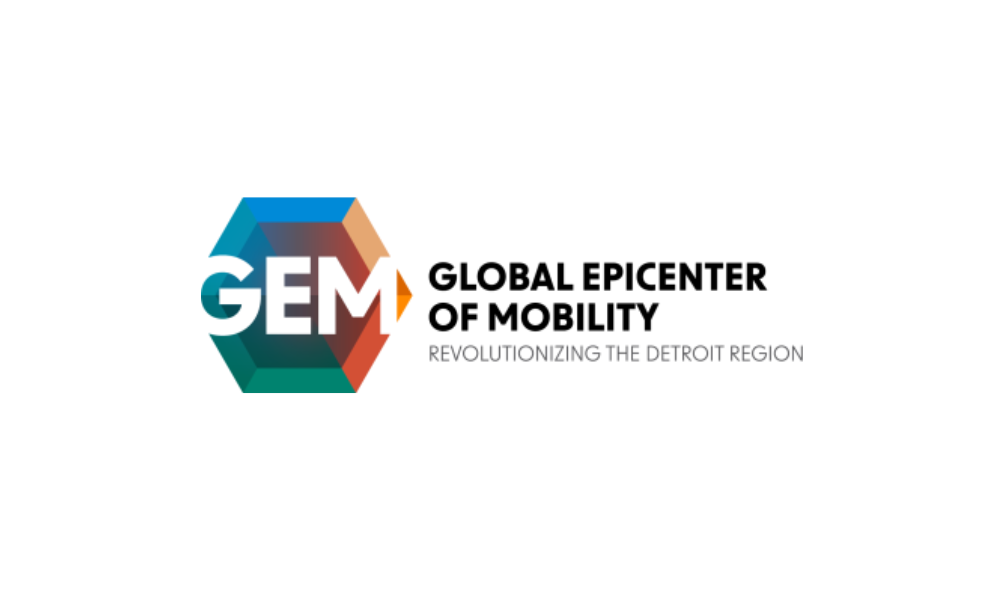Introduction:
The path to electrification continues despite the overarching sentiment that innovation and manufacturing in that space is facing setbacks. However, to continue the electrification of mobility technologies, many additional advances need to be made to support these developments. The integration of Power Electronics and Thermal Systems (PE&TS) are one example of this.
PE&TS are the regulators of technologies, whether controlling the power of the energy flowing throughout the technology or regulating the temperature of the electronics. They work in tandem with e-motors and batteries to transfer energy in a safe and efficient manner.
How it Works:
Power electronics provide many varied uses in mobility technologies, with each use influencing the way they are used. A great example of their use is in powering electric vehicles, where energy is converted through an inverter from direct current energy, provided by the battery, to alternating current – which is the type of power used by the e-motor. This type of energy conversion happens in reverse with regenerative breaking – a process at which the kinetic energy from breaking returns to the battery.
Thermal systems are a structure for managing heat-related energy for various applications. In thermal systems, heat can be controlled through conduction, convection or radiation. These technologies in the mobility industry are often seen within automotive technologies but are often used in HVAC systems or cooling electronics like laptops and phones.
Expansion Potential:
In power electronics, innovation involves finding new materials to use as inverters and finding new ways to improve the rate at which batteries lose energy in the transfer through the vehicle. Current innovation within thermal systems is focused on new materials to improve the heating and cooling process, advanced heat exchangers and system-level modeling.
There is great expansion potential for PE&TS within the mobility industry. While PE&TS are technologies utilized primarily in the automotive sector, their expansion into other parts of the mobility industry is notable. The demand for PE&TS in light vehicles is forecast to grow by 407%, while the demand for non-light vehicle mobility technology demonstrates a greater forecasted increase of 692% to a total 168,000 units.
The expansion of these technologies is especially prominent in Michigan. Employment for jobs in PE&TS is expected to increase by around 36% in the Detroit region and approximately 43 in Michigan from 2020 to 2030, both of which are greater than the national forecasts of an estimated 25%.
Contributing to this type of growth are organizations like the University of Michigan Electric Vehicle Center (EVC), which supports the advancement of technologies used in electric vehicles through research, innovation and the development of new materials. The EVC conducts extensive work on the cooling and temperature regulation while focusing on thermal systems.
Organizations like the EVC work to find solutions to the challenges facing the widespread use of PE&TS, including advancements to improve system efficiency, reliability, and power density in vehicle propulsion systems.
Use Cases:
PE&TS are constantly expanding within the Detroit region, currently led by organizations including the EVC and the Advanced Machines & Power Electronics Design (AMPED) Laboratory at Kettering University in Flint. Automakers and suppliers dotted around the region are also serving to optimize these technologies for use in multiple mobility sectors.
As PE&TS continue to evolve and become more prominent within the mobility industry, GEM and its partners will continue to work across the region and provide support to startups, businesses and other organizations within the ecosystem. To create an environment where PE&TS will be able to thrive, GEM acts as a connector between organizations, provides testing and supply chain support, prepares local talent for future positions and supports local start-ups across the 11-county Detroit mobility region.
 Go to DetroitRegionalPartnership.com
Go to DetroitRegionalPartnership.com
